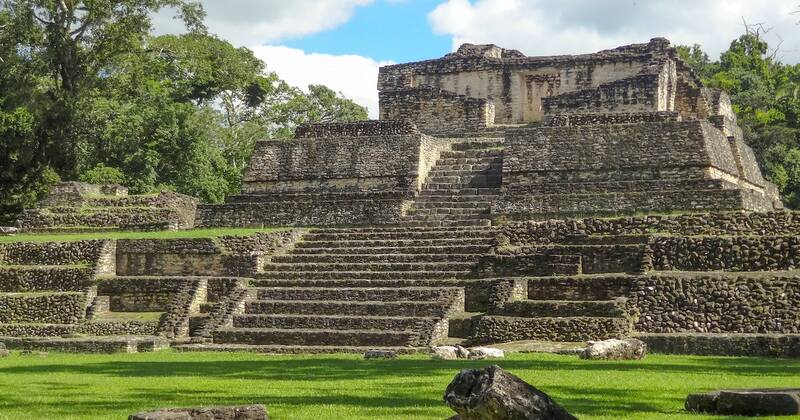SUSTAINABILITY is a concept that has gained increasing attention in recent years as people and organizations around the world seek to reduce their impact on the environment and create a more equitable and prosperous future for all.
The roots of sustainability can be traced back to a number of different movements and initiatives over the course of history, each of which has contributed to our current understanding of what it means to live sustainably.
One of the earliest examples of sustainable living can be found in ancient civilizations like the Maya and the Inca, who developed sophisticated agricultural techniques that allowed them to live in harmony with the natural environment. These cultures recognized the importance of maintaining soil fertility, conserving water, and minimizing waste in order to ensure the long-term viability of their communities. The Mayans in particular, developed intricate farming techniques, like irrigation canals and wetland farming enabling them to cultivate swampy land and creating the first country food security policy.
In more recent history, the modern sustainability movement began to take shape in the 1960s and 70s, as concerns about pollution, deforestation, and other environmental issues began to gain traction in the public consciousness. This led to the formation of organizations like Greenpeace and the Sierra Club, which advocated for stronger environmental protections and policies to address these issues.
At the same time, there was a growing recognition of the social and economic dimensions of sustainability, as people began to realize that environmental degradation often disproportionately affected marginalized communities and that economic growth could not be sustained indefinitely without regard for the planet’s finite resources. This led to the emergence of the sustainable development movement, which sought to balance economic growth with social equity and environmental stewardship.
One of the key milestones in the sustainable development movement was the publication of the Brundtland Report in 1987, which defined sustainable development as “development that meets the needs of the present without compromising the ability of future generations to meet their own needs.” This report helped to popularize the concept of sustainability and set the stage for international agreements like the United Nations’ Sustainable Development Goals.
Today, sustainability is a global movement that encompasses a wide range of issues and initiatives, from renewable energy and resource conservation to fair labor practices and social justice. It is driven by individuals, businesses, and governments around the world who recognize the urgent need to address climate change, protect biodiversity, and promote a more just and equitable society.
At the heart of the sustainability movement is the recognition that we are all connected to each other and to the natural world, and that our actions have a profound impact on the future of the planet.
By living sustainably, we can help to create a brighter, more resilient future for ourselves and for generations to come. Whether it’s through reducing our carbon footprint, supporting local and sustainable businesses, or advocating for policy change, there are many ways that we can all contribute to the sustainability movement and help to create a better world for all.
Advocating for policies and practices that promote sustainable development and protect the environment.
Raising awareness about environmental issues and the importance of taking action to protect our planet.
Supporting sustainable businesses and practices through their purchasing decisions and consumer advocacy.



